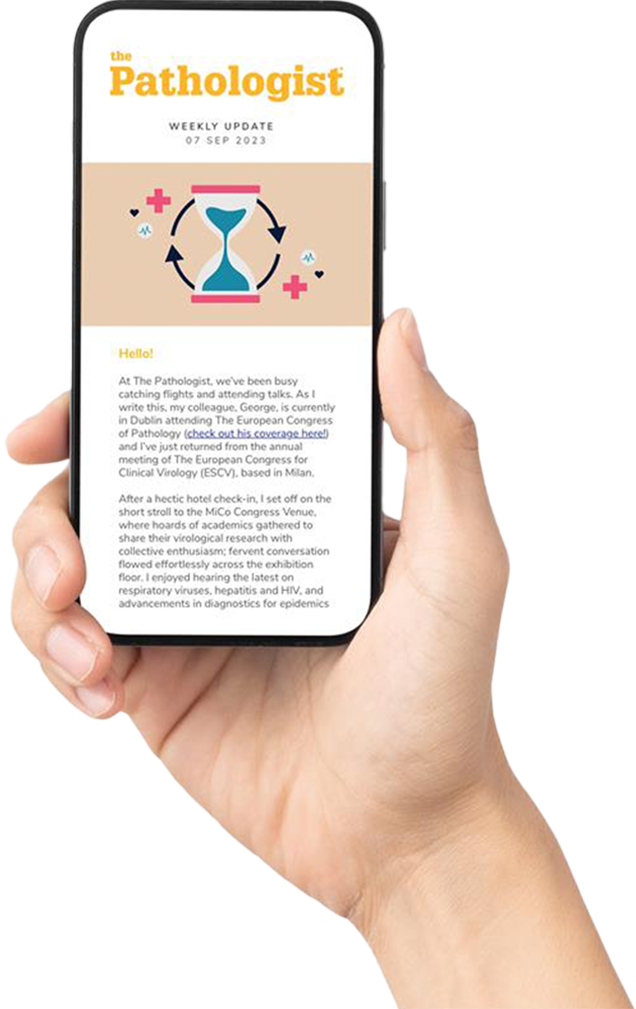434,840 new renal cancer cases and 155,953 deaths reported in 2022.
Highest incidence found in Belarus (14.1 per 100,000).
Projections suggest 745,791 new cases by 2050.
Genetic testing recommended for younger patients with family history.
Modifiable risks include obesity, smoking, and hypertension.
Importance of early detection and targeted surveillance.
Understanding epidemiology can guide prevention strategies.
Where Renal Cancer Strikes Hardest – and Why the Numbers Are Climbing Fast
Global analysis reveals sharp rises in incidence, survival gaps across regions, and key genetic risk factors shaping diagnostics
10/17/2025
News
2 min read
